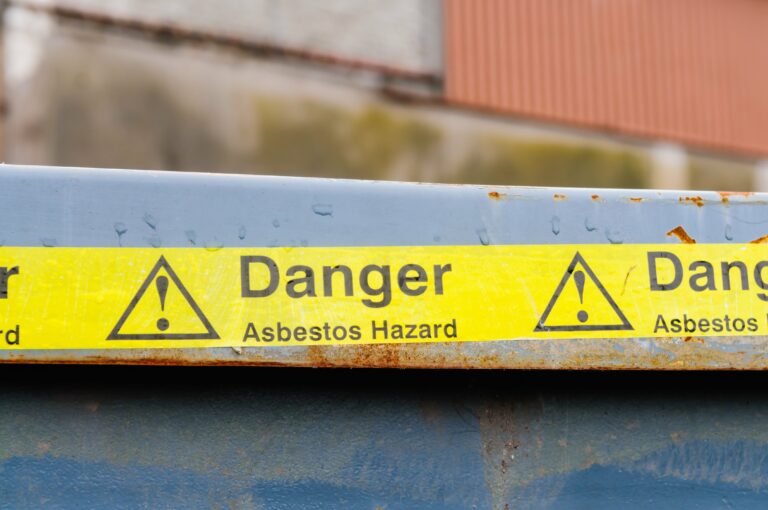The release of the pay of the top stars from the BBC has brought to the fore gender pay gap reporting.
The regulation, which came into effect in April 2017, applies to businesses across the UK.
Who does this apply to?
This applies to private sector and voluntary sector employers with 250 or more employees in England, Wales and Scotland on the “snapshot date”, which is the 5th April in the relevant year. For example, some employees with a high employee turnover may have 250 employees on the 5th April one year and will need to comply with this duty. However, the following year, they may only have 200 employees and will not need to do this.
What do eligible employers need to publish?
Employers will need to publish the following information:
- The gap between the mean and median average hourly pay rates for male and female employees
- The gap between the mean and median average bonus paid to male and female employees
- The proportion of male and female employees who were given bonuses in the previous 12 month period
- The proportion of men and women in each quartile pay band (lower, lower middle, upper middle and upper quartiles).
What is an ‘employee’?
For the purposes of this law, it includes employees who are employed by the employer on the “snapshot date” (5th April).
The final draft of the regulations uses a wide definition of “employee”. It uses the definition used in the Equality Act 2010 which includes employment under a contract of employment, a contract of apprenticeship and a contract personally to do work. This means that it covers employees, workers, apprentices and some self-employed contractors. However, partners and workers provided by an agency are excluded.
What is meant by ‘pay’?
Pay includes basic pay, paid leave, maternity pay, allowances, pay for piecework, pay for leave and shift premium pay. However, it excludes overtime pay, redundancy or other termination pay and payment in lieu of leave.
What is meant by ‘bonus’?
Bonus pay can be remuneration in the form of money or securities that relates to profit sharing, productivity, performance, incentives or commission, for example share options or LTIPs. It does not, however, cover any ordinary pay, overtime or remuneration referable to redundancy or the termination of employment.
Where does this information need to be published?
This information will need to be published on the company’s website, which is accessible to employees and the public. For example, you cannot publish the information on your internal intranet or employee portal as this would not be accessible to the public.
It also needs to be uploaded to a government website.
What else needs to be published?
The information must include a statement that confirms the accuracy of the information and must be signed by the appropriate person, for example the most senior employee.
When are the reports due?
Companies will be required to publish their first gender pay report by 4th April 2018.
Subsequent reports are then required by the 4th April every year.
How long does the information need to be online for?
This information must remain online for three years from the date it is published.
What happens if an eligible employer does not comply?
If you do not comply with these obligations, it may amount to an unlawful act. This means that the Equality and Human Rights Commission could take action against you.
The rules are very complex. Seek legal advice at the earliest opportunity to ensure that you are prepared.








